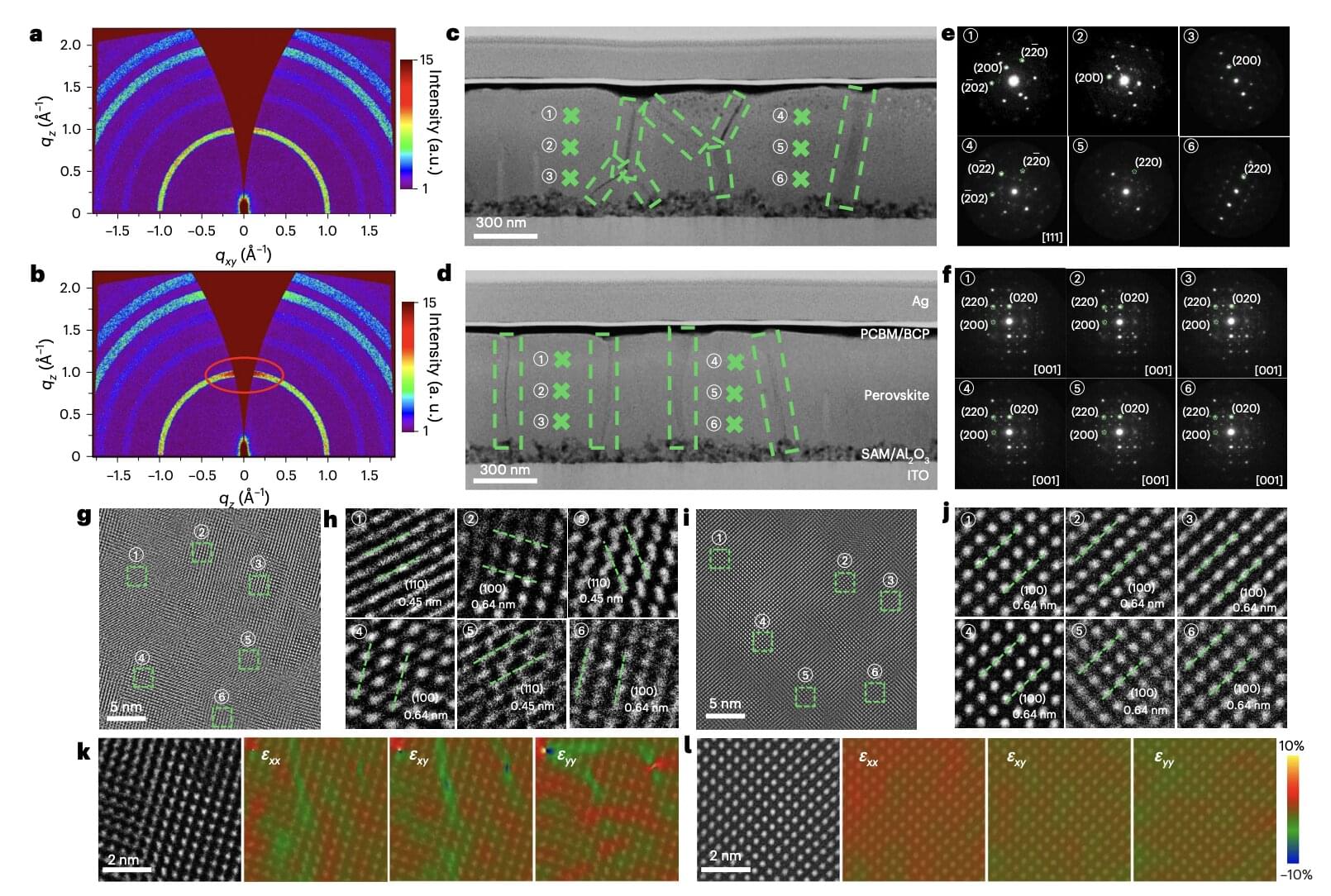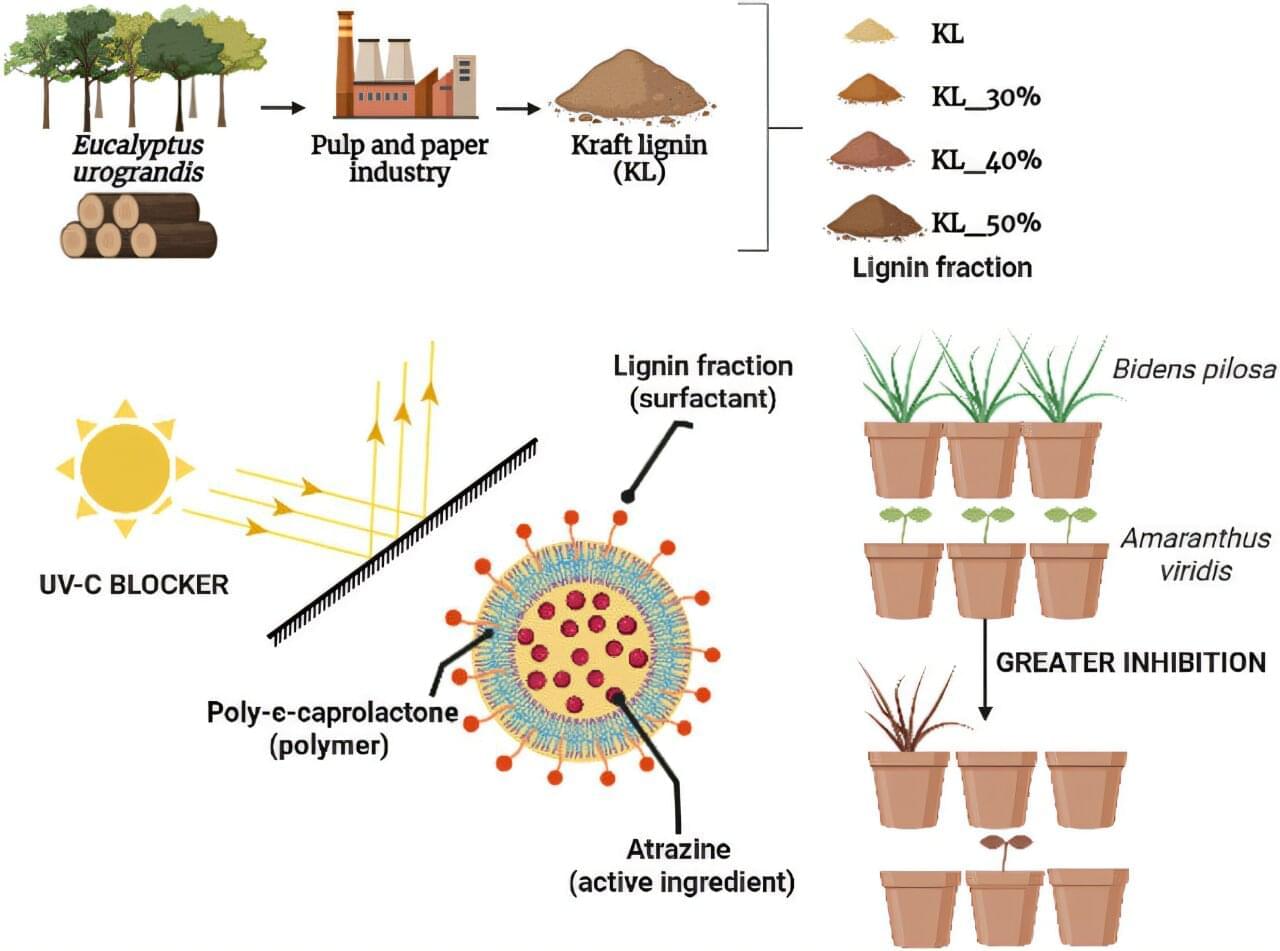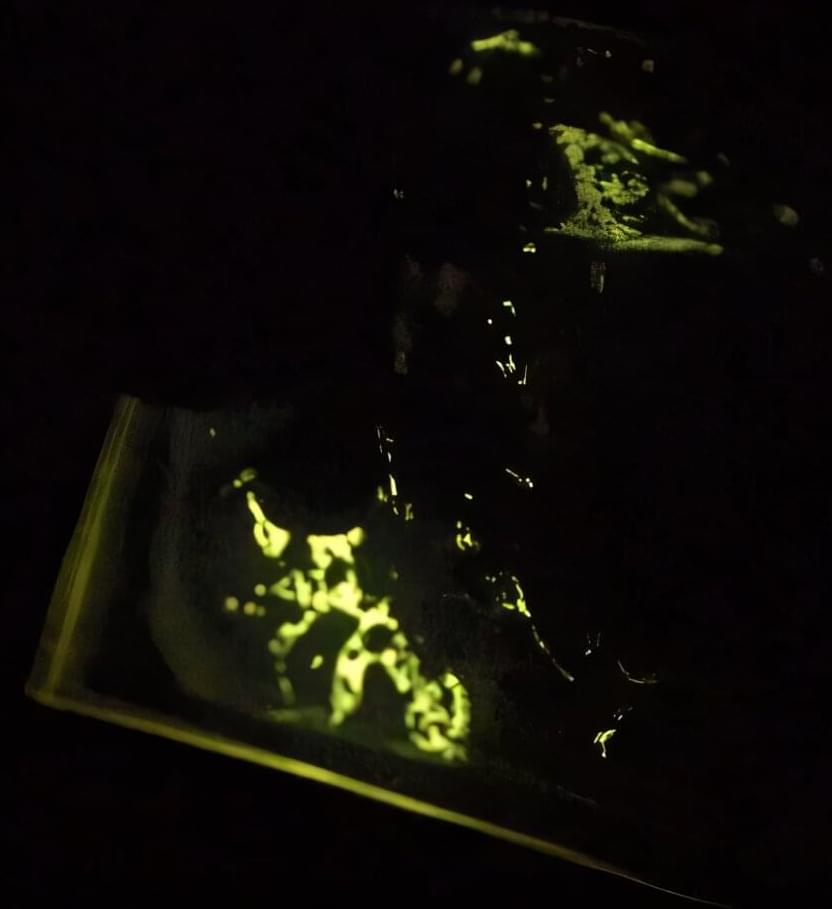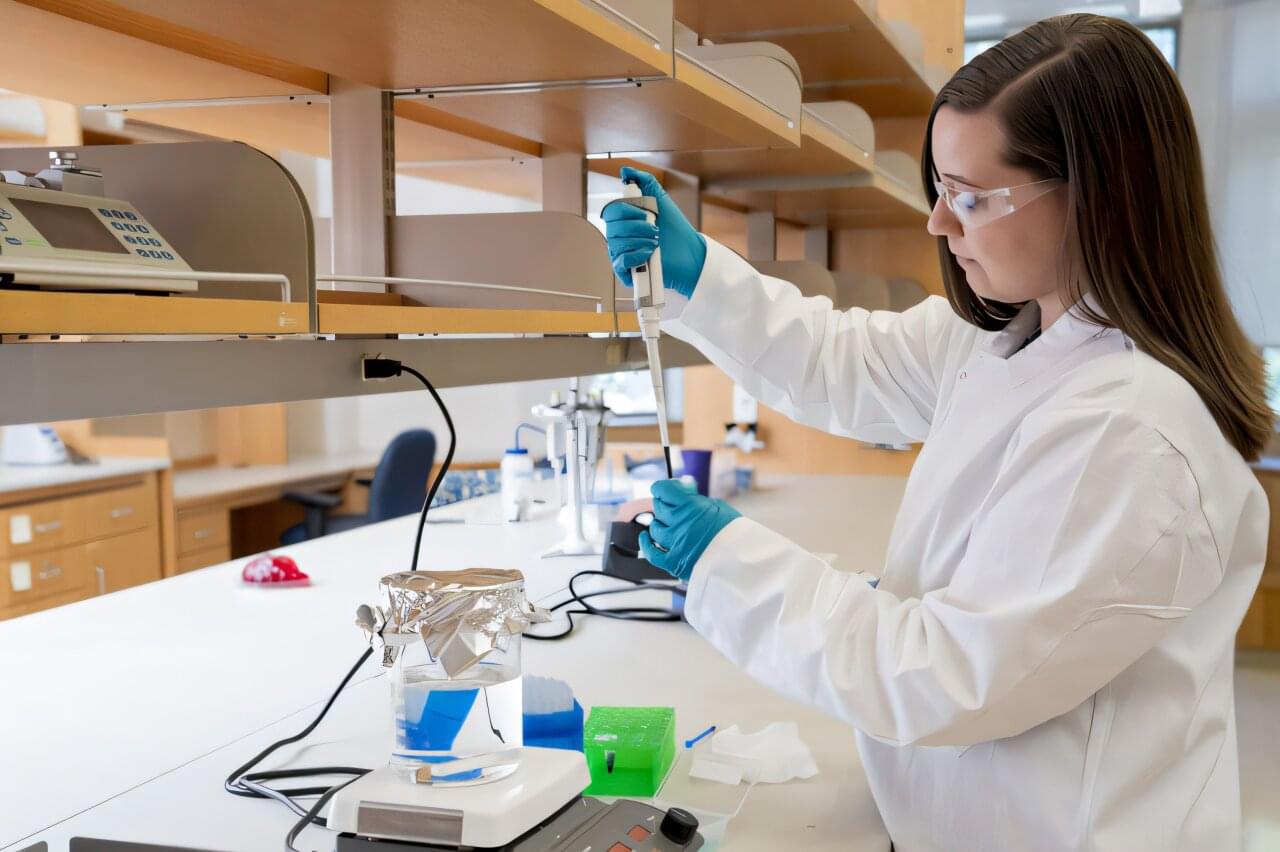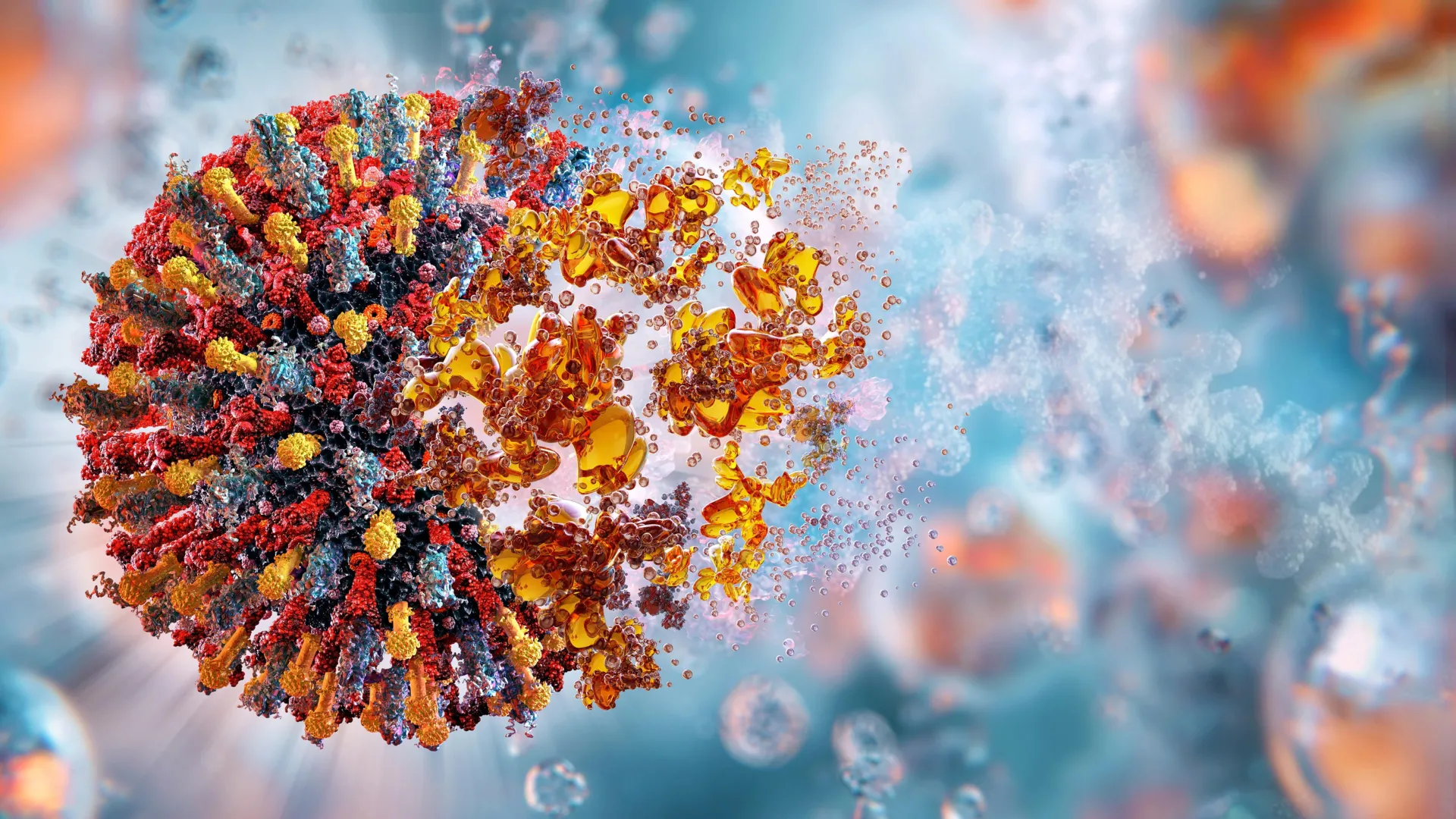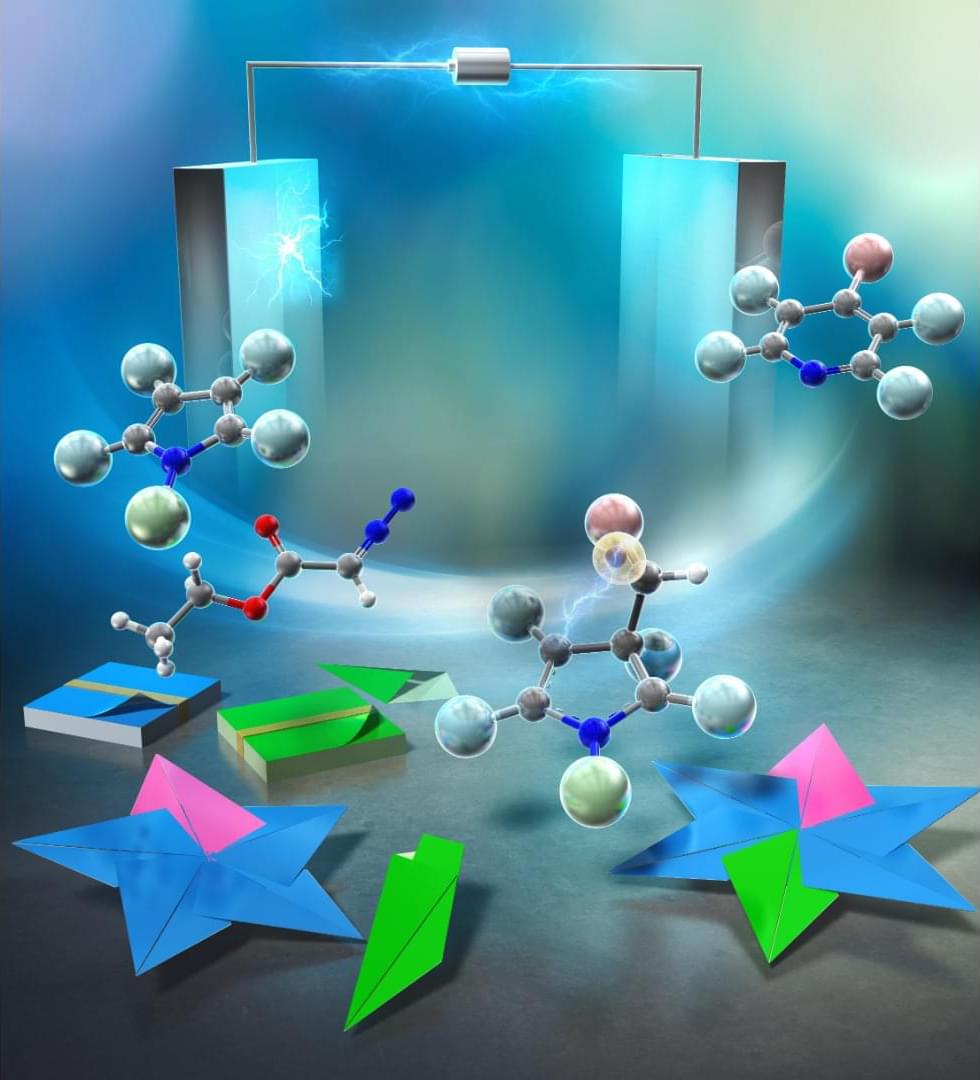Solar cells, devices that can directly convert radiation emitted from the sun into electricity, have become increasingly widespread and are contributing to the reduction of greenhouse gas emissions worldwide. While existing silicon-based solar cells have attained good performances, energy engineers have been exploring alternative designs that could be more efficient and affordable.
Perovskites, a class of materials with a characteristic crystal structure, have proved to be particularly promising for the development of low-cost and energy-efficient solar energy solutions. Recent studies specifically highlighted the potential of inverted perovskite solar cells, devices in which the extraction charge layers are arranged in the reverse order compared to traditional designs.
Inverted perovskite solar cells could be more stable and easier to manufacture on a large-scale than conventional perovskite-based cells. Nonetheless, most inverted cells developed so far were found to exhibit low energy-efficiencies, due to the uncontrolled formation of crystal grains that can produce defects and adversely impact the transport of charge carriers generated by sunlight.
